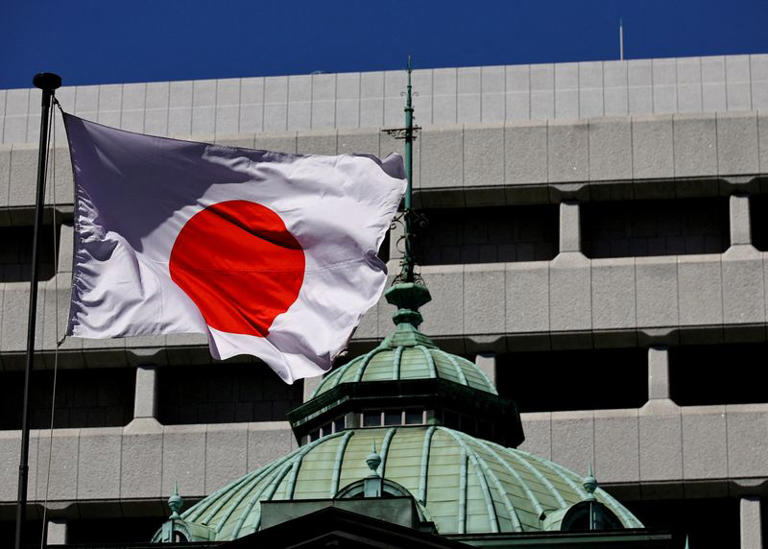The Bank of Japan’s recent decision to maintain its policy unchanged and keep interest rates at approximately zero sent ripples through the currency markets, particularly concerning the Japanese yen. While this decision garnered significant attention, some analysts highlighted overlooked signals indicating the potential for future rate hikes. In the BOJ’s quarterly report, released alongside the policy decision, there were subtle indications that consecutive rate hikes could be on the table. Projections suggested that inflation would hover around the bank’s 2% target over the next three years, and the report also mentioned the possibility of adjusting the degree of monetary accommodation, which analysts interpreted as a reference to rate hikes.
Former BOJ official Nobuyasu Atago projected a potential timeline for rate hikes, suggesting the next increase could occur as soon as September, with further increases expected in subsequent years. He outlined a trajectory that could see short-term rates reaching around 1% by the end of 2026, indicating a gradual normalization of monetary policy. Despite these hints at future rate hikes, Governor Kazuo Ueda’s comments were perceived as relatively dovish by the market. While acknowledging the potential for rate hikes, Ueda also emphasized caution regarding the yen’s depreciation. This interpretation contributed to continued declines in the yen’s value and speculation about potential intervention by Japanese authorities to stabilize the currency.

The episode highlighted the challenges faced by the BOJ in effectively communicating its policy intentions. Despite signaling the possibility of rate hikes, the central bank’s message was not entirely clear to market participants, contributing to volatility in the currency markets. This underscores the importance of transparent communication in guiding market expectations.
These developments must be considered in the broader context of global economic dynamics, including the Federal Reserve’s monetary policy stance and the trajectory of global inflation, which play significant roles in shaping currency movements and investor sentiment. Furthermore, the market’s interpretation of the BOJ’s comments reflects broader uncertainty regarding the path of monetary policy in major economies. Investors are closely monitoring central bank communications for clues about future policy decisions, particularly amid concerns about rising inflation and its implications for interest rates and asset prices.
In conclusion, while the BOJ’s decision to maintain its policy unchanged was significant, the market’s focus on potential future rate hikes highlights the complexities of central bank communication and the challenges of managing market expectations. As global economic conditions continue to evolve, policymakers will need to navigate these challenges carefully to ensure stability and confidence in financial markets.

